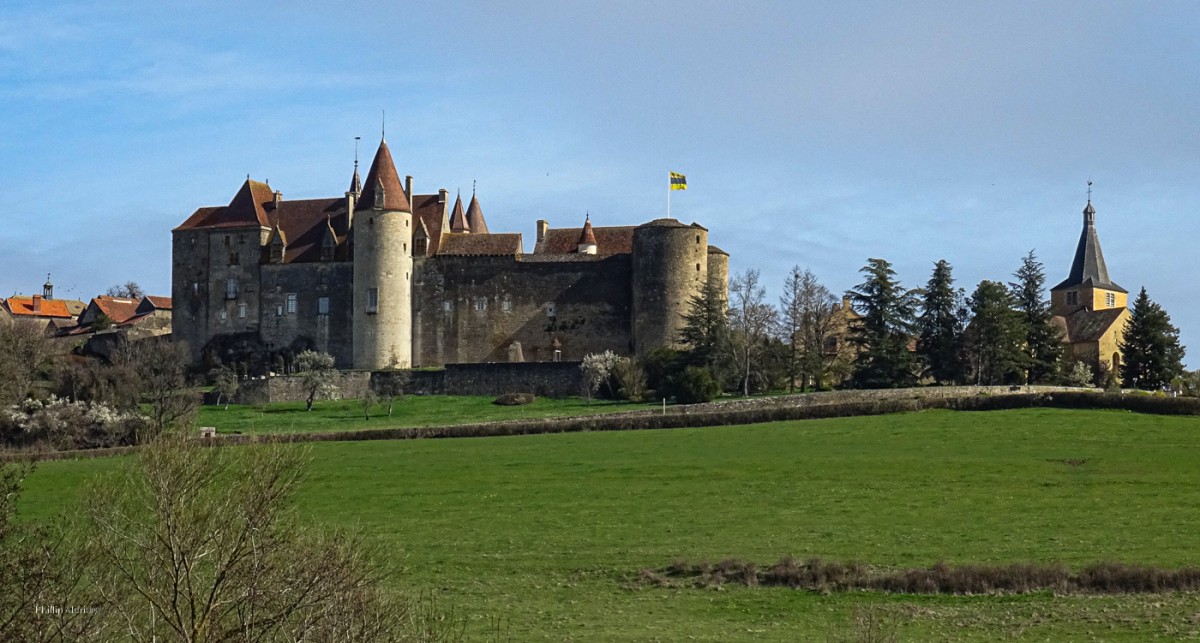Châteauneuf en Auxois, the village
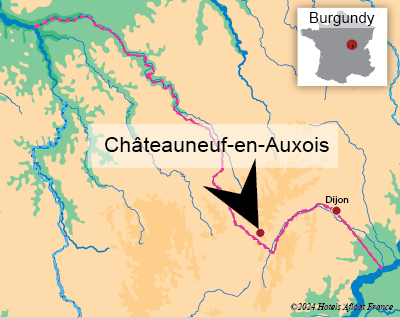
#ChateauneufEnAuxois #Castle #fortified #History
Monument: The castle of Châteauneuf-en-Auxois
Nearest canal village: Vandenesse en Auxois
Nearest canal lock: 11 Saône
The medieval village of Châteauneuf-en-Auxois has a very long history... Situated on top of a hill overlooking the Auxois plains of "La Bourgogne" and nearby villages such as Vandenesse. There is always something interesting happening in the village, from concerts to market fairs to jousting horsemen. There are interesting country walks through the woods and over the hills which can take you to hidden ruins and grand panoramic views.
Near the main car park, there is a cross by a hollow oak tree, with an impressive view of the Auxois plain and the water dividing line, the Burgundy Canal from lock 12 to 8, you'll see at least three reservoirs and the Morvan hills far in the distance.
Restaurants & cafés
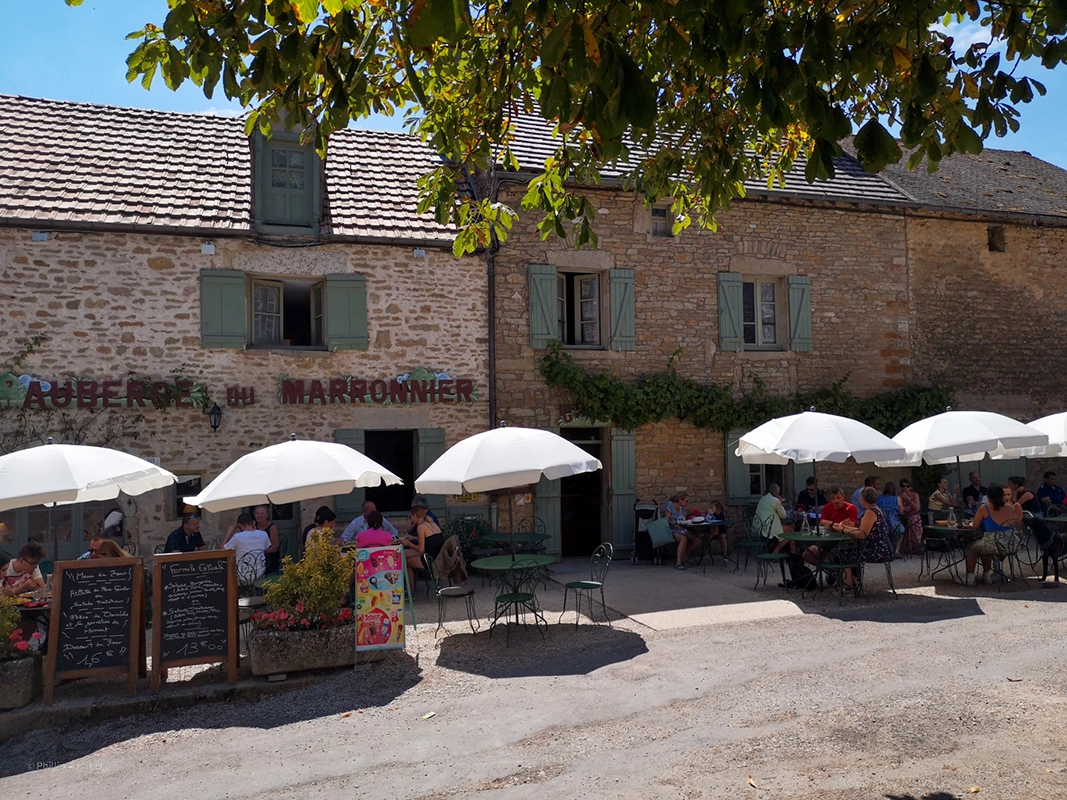
Enjoying the café terrasse at the Auberge du Marronier
Châteauneuf is home to some excellent bars and restaurants. There are now five addresses to choose from. There will be something to match your taste buds and budget. The village is so small that the best idea is to walk around until you find a table that suits you. You can also make sure of your place and reserve in advance.
Where to eat in Châteauneuf-en-Auxois
L'Orée du Bois: 03 80 49 25 32
Le Bistrot des Près Verts: 03 62 02 21 21
Auberge du Marronier: 03 80 49 21 91
Le Grill du Castel: 03 80 49 26 82
La table de Guillaume: telephone 03 80 49 22 00
The Summer Market
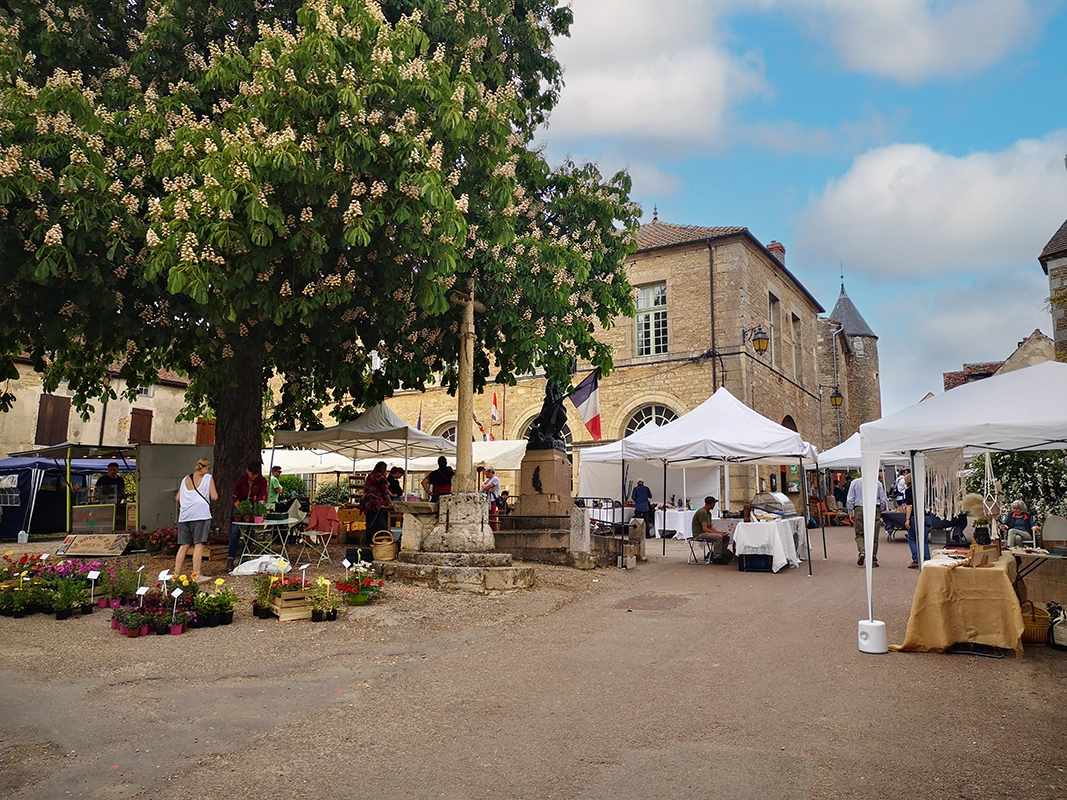
Throughout the summer, there are markets with stands of local products, arts, crafts and, of course, food.
The Medieval Market
The medieval market is held every two years on the last weekend of July.
This is an impressive and excellent festival for all the family, held every two years. The event takes months to organize and is accomplished by volunteers.
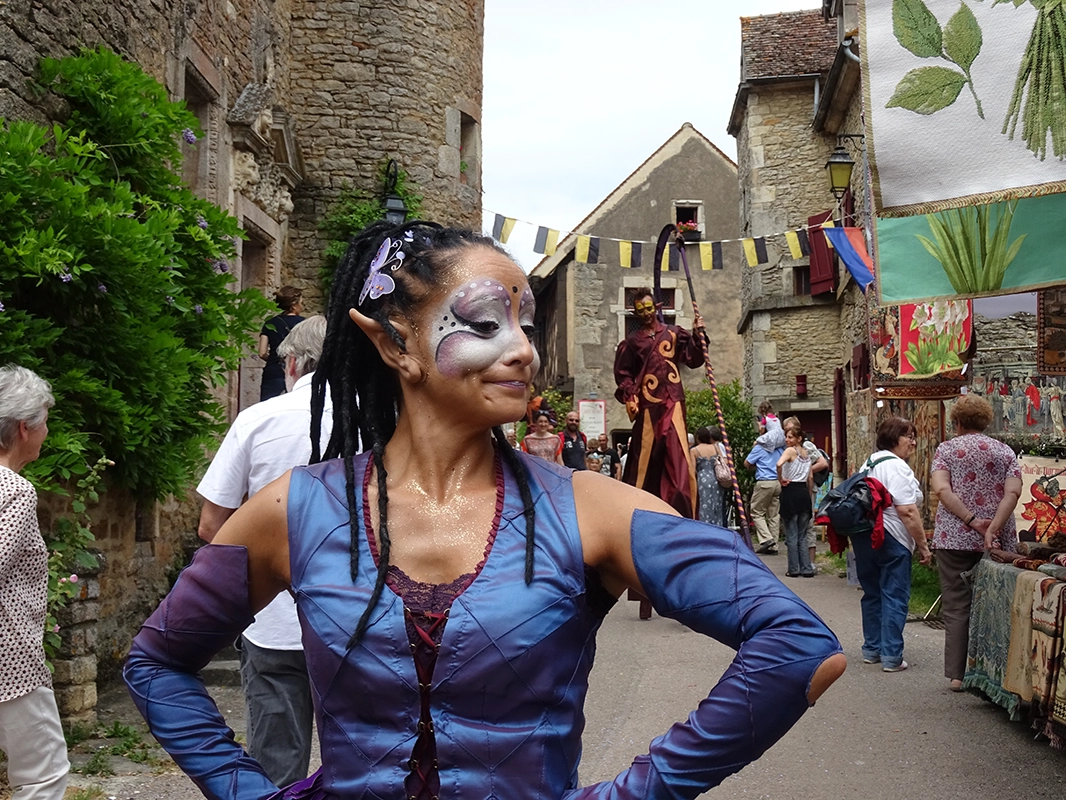
Minstrels, juggling, fire eaters and dancers.
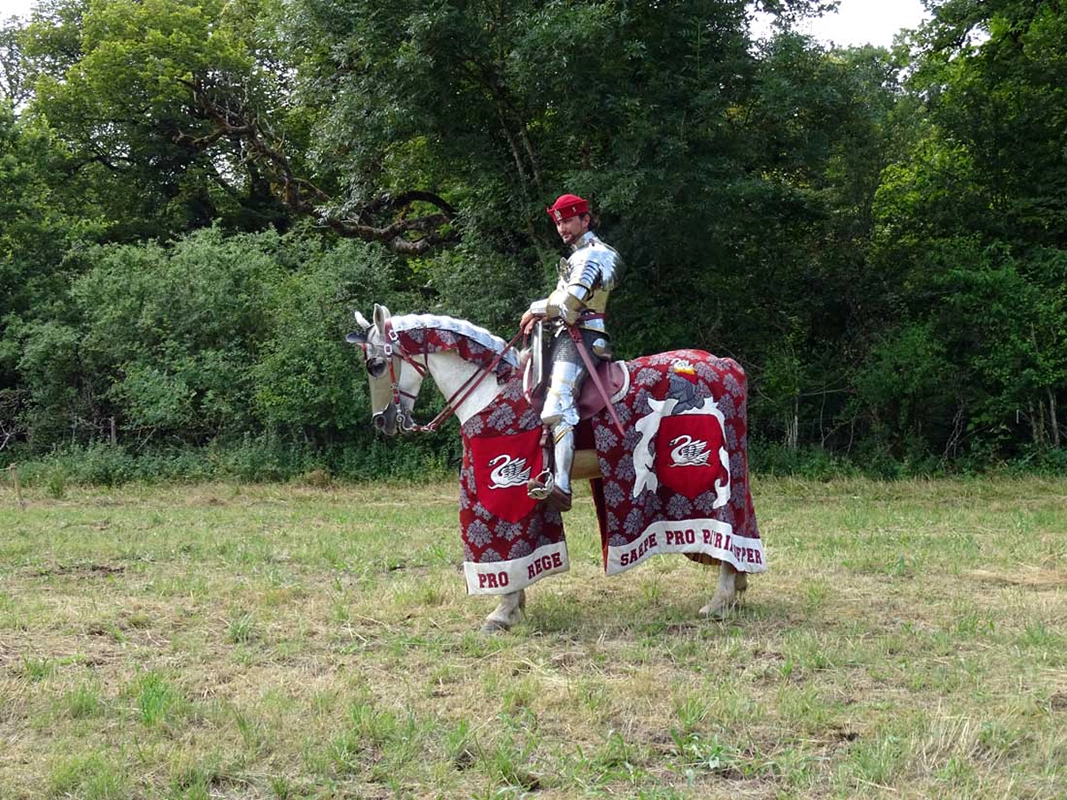
There is a jousting match with horses and armed knights at the foot of the castle.
Spit roast sheep, beers, wines, bread and cakes for the medieval banquet.
Market stands with handicrafts, jewellery, clothes and artwork.
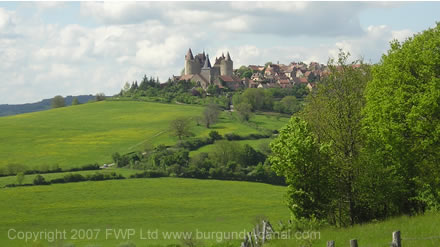
Country walks
There are some wonderful walks through the woods and hills. They are well-signposted and will take you deep into the countryside.
Jacques Blondeau, a famous Napoleonic general, was born in the village.
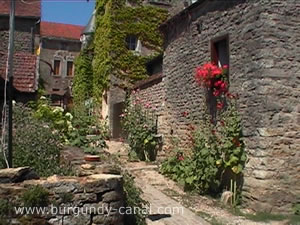
For more information, please visit the sites below:
